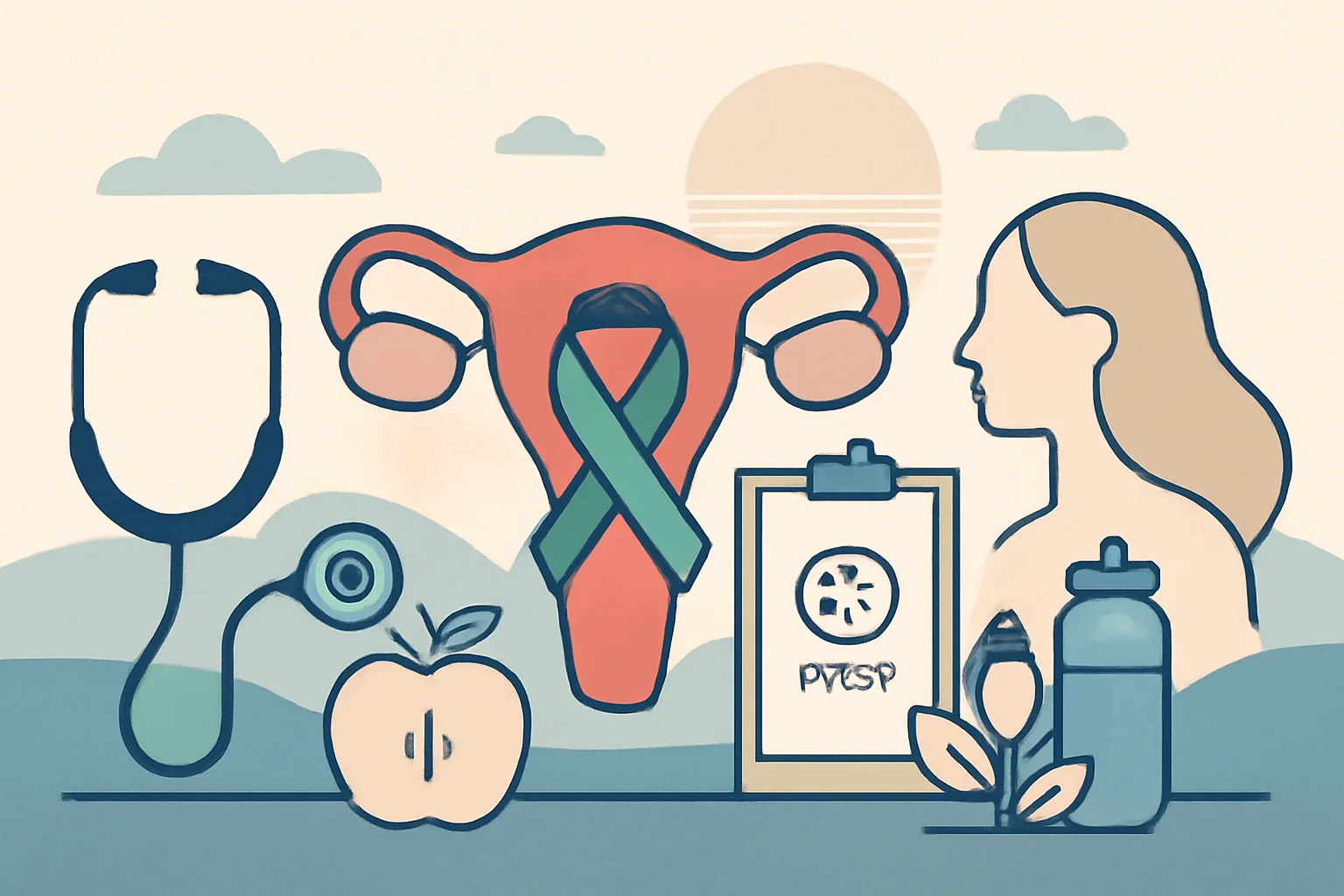
Degasin and Baby Colic: Effective Solutions for Infants
The world of babies is exciting but also filled with challenges. New parents often face various issues, one of the most common being colic or abdominal pain. In many cases, the accumulation of gas in infants’ intestines is behind the abdominal pain, which can cause extremely uncomfortable feelings for the little ones. Babies often cry during these times, are restless, and parents helplessly watch as they try to cope with this pain. Degasin, as a pharmaceutical preparation, is a well-known solution for many parents, recommended for the removal of gas and the relief of abdominal pain. However, the questions of when and how to use it, as well as whether there are alternative solutions, are important considerations for parents. Abdominal pain not only complicates the lives of babies but also of parents, as the continuous crying and restlessness can be extremely exhausting.
Causes of Abdominal Pain in Infants
Abdominal pain in infants can arise from various causes, and understanding these can help parents choose the appropriate treatment methods. One of the most common causes is the accumulation of gas, which is related to the development of the baby’s digestive system. Newborns’ digestive systems are not yet functioning optimally, and during the processing of food, gases can form that cause discomfort. During breastfeeding, if the baby eats too quickly, they may also swallow air, contributing to abdominal pain.
In addition, nutrition plays a significant role. For breastfed babies, the mother’s diet can influence the baby’s digestion. Certain foods, such as dairy products, legumes, or cabbage, can increase gas production, so it is worth paying attention to what the breastfeeding mother consumes. For formula-fed babies, the components of the formula can also cause problems, and it may be necessary to switch to a different type of formula.
Stress and environmental factors can also contribute to the onset of abdominal pain. Infants are sensitive to their surroundings, so excessive noise, sudden temperature changes, or parental anxiety can affect the babies’ well-being. It is important for parents to consciously observe the baby’s reactions, as responses to various stimuli can help uncover the underlying causes.
The Role of Degasin in Treating Abdominal Pain in Infants
Degasin is a pharmaceutical preparation used to remove intestinal gas. Its active ingredient, simethicone, helps break down gas bubbles, reducing abdominal pressure and pain. The use of degasin is particularly popular among parents who want to alleviate their baby’s suffering.
Before using degasin, it is important for parents to thoroughly inform themselves about the effects and side effects of the preparation. Degasin is available in drop form and is generally considered safe for infants if the appropriate dosage is observed. In terms of dosage, it is best to consult a doctor or pharmacist, as the dosage for infants can vary based on age and weight.
The effectiveness of degasin is often felt immediately; however, parents must be aware that this preparation does not eliminate the cause, only alleviates the symptoms. Therefore, it is important for parents not to rely solely on degasin but to try to understand the underlying causes of abdominal pain and consult a doctor if necessary.
Alternative Methods for Relieving Abdominal Pain
While degasin can be useful in treating abdominal pain in infants, it is worth considering other alternative methods as well. For many parents, natural solutions and home remedies can provide relief for their baby’s discomfort.
One such method is abdominal massage, which can help remove gas. Parents can gently massage the baby’s belly in a clockwise direction, which stimulates digestion and promotes gas release. Additionally, the “bicycling” of the legs is also an effective technique that can help expel gas.
A warm compress is another simple yet effective method. A warm (but not hot) towel placed on the baby’s abdomen or a diaper soaked in warm water provides a pleasant sensation and can reduce pain. Parents can also try different positions, such as holding the baby upright or placing them on their belly, as these positions can help with gas release.
Monitoring the baby’s diet is also important, as certain foods can increase gas production. Breastfeeding mothers may find it helpful to keep a diary of what they eat and how the baby reacts, while for formula-fed babies, checking the formula’s ingredients can also be useful.
When to Consult a Doctor
Although abdominal pain and gas problems are common among many infants, there are situations where it is important to consult a doctor. If the baby’s crying suddenly changes, if the pain is particularly severe, or if the baby becomes apathetic, it is advisable to seek medical help.
In addition to abdominal pain, other symptoms such as vomiting, bloating, or fever can also be warning signs that require medical evaluation. These symptoms may indicate that the problem is more serious than a simple digestive disorder and may require further tests or treatments.
It is important for parents to pay attention to the baby’s overall condition and development. If the baby is not developing as expected, or if abdominal pain persists for a longer period, medical advice is needed. Parents should always act with the best interests of their child in mind, and if they have any doubts, it is wise to consult a professional.
**Warning:** This article does not constitute medical advice. In case of health issues, everyone should follow their doctor’s advice.

